Frantisek Kupka (1871-1957)
Get a Kupka Certificate of Authenticity for your painting (COA) for your Kupka drawing.
For all your Kupka artworks you need a Certificate of Authenticity (COA) in order to sell, to insure or to donate for a tax deduction.
Getting a Kupka Certificate of Authenticity (COA) is easy. Just send us photos and dimensions and tell us what you know about the origin or history of your Kupka painting or drawing.
If you want to sell your Kupka painting or drawing use our selling services. We offer Kupka selling help, selling advice, private treaty sales and full brokerage.
We have been authenticating Kupka and issuing certificates of authenticity since 2002. We are recognized Kupka experts and Kupka certified appraisers. We issue COAs and appraisals for all Kupka artworks.
Our Kupka paintings and drawings authentications are accepted and respected worldwide.
Each COA is backed by in-depth research and analysis authentication reports.
The Kupka certificates of authenticity we issue are based on solid, reliable and fully referenced art investigations, authentication research, analytical work and forensic studies.
We are available to examine your Kupka painting or drawing anywhere in the world.
You will generally receive your certificates of authenticity and authentication report within two weeks. Some complicated cases with difficult to research Kupka paintings or drawings take longer.
Our clients include Kupka collectors, investors, tax authorities, insurance adjusters, appraisers, valuers, auctioneers, Federal agencies and many law firms.
We perform Frantisek Kupka art authentication, appraisal, certificates of authenticity (COA), analysis, research, scientific tests, full art authentications. We will help you sell your Frantisek Kupka or we will sell it for you.
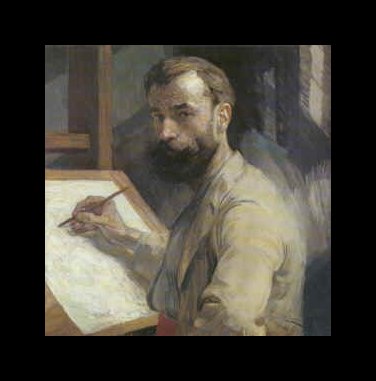
Frantisek Kupka was a Czechoslovakian Abstract painter, who studied at the Prague Art Academy. As a student, he primarily painted patriotic themes and historical compositions. While his earliest themes were more academic, his style would evolve throughout the years into Abstraction. Though painted in a very realistic style, even his earliest pieces contained mystical and Surrealist themes and symbols.
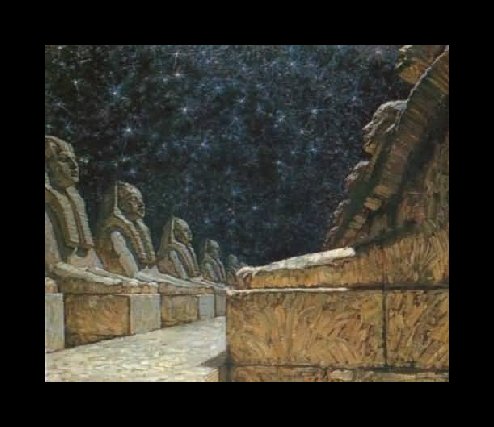
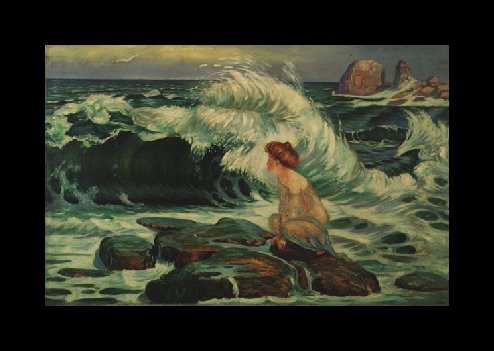
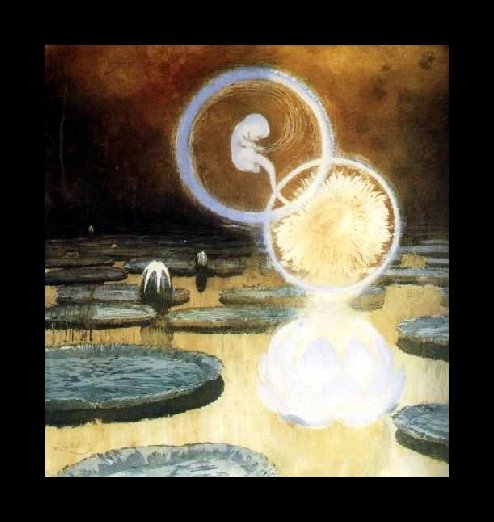
Later, as a student at the academy in Vienna, his subjects became more allegorical and filled with symbols. This was the start of his involvement in Eastern philosophy and religion, which would follow him through his career. This devotion to spirituality was often projected on his canvas in colors which he would use to create a rhythmic effect. Kupka would also later synthesize color and geometry in his compositions with music.
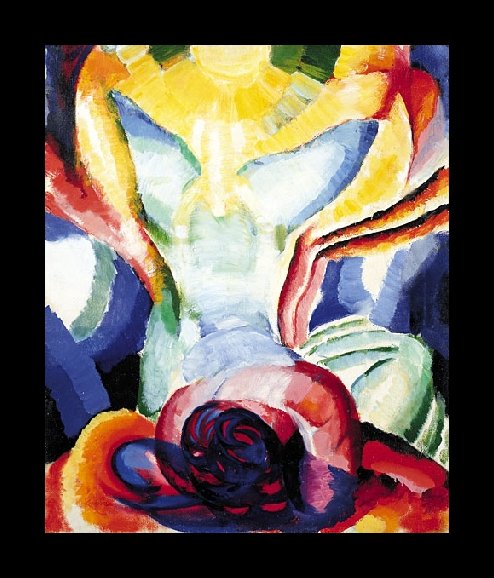
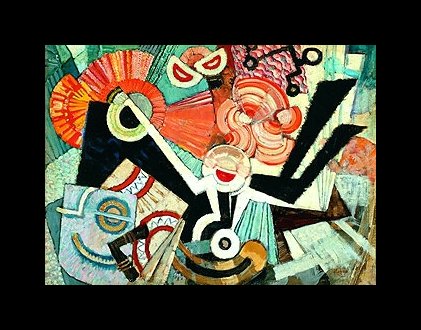
Kupka finally came to Paris in 1896, where he attended the Academy Julien, and then the Ecole des Beaux-Arts. During this time, he created posters and book illustrations, as well as satirical drawings for newspapers and magazine to support himself. In 1906, Kukpa had his first exhibit at the Salon d’Automne, and moved to Puteaux, a Parisian suburb, that same year. However, Kupka would not have his first solo exhibition in Paris until 1921 at the Galerie Povolozky.
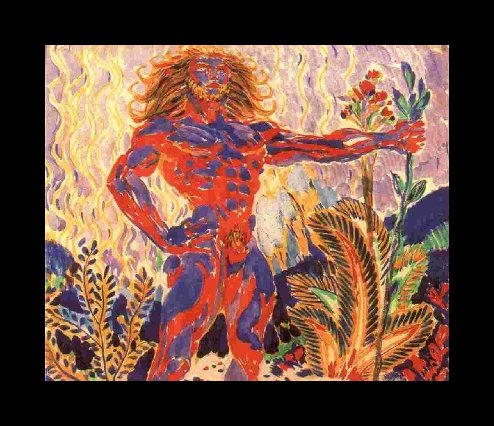
By 1909, Kupka began to experiment with the up and coming Futurist movement, and motion became a theme in his compositions. This would be short-lived, however, and he would return to his own Abstract, Fauvist, and Symbolist styles.
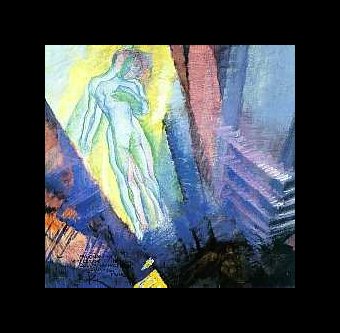
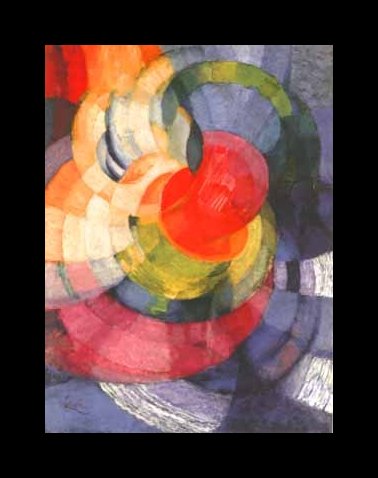
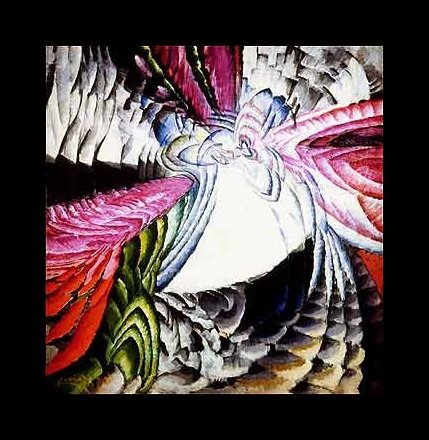
World War I also temporarily stopped Kupka when he was called to action, but he continued to create art in the form of propaganda posters. After his service, he was assigned as a professor at the Prague Academy in Paris, where he was able to meet and mentor many Czechoslovakian students living in Paris.
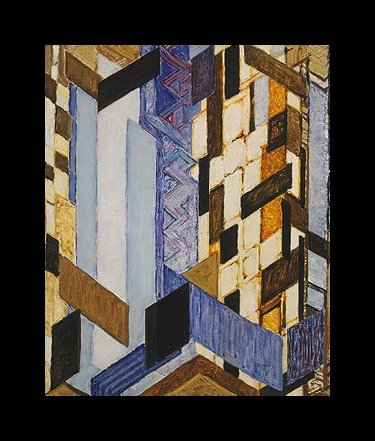
While Kupka did not affiliate himself with any one particular art movement, he was often grouped with one or the other while at the salons. His 1912 exhibit with the Salon des Independents found him with the Cubists, but truly he worked more in the plastic arts. Kupka even wrote a book called Creation in the Plastic Arts which was published in Prague in 1923. Kupka was also one of the founders of the group Abstraction-Creation along with Albert Gleizes and Jean Helion.
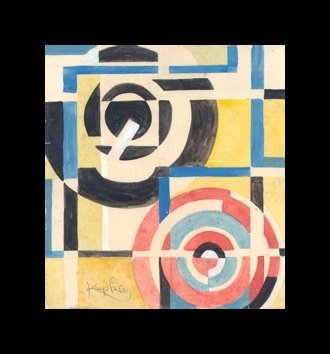
Kupka again found himself shelved with the Cubists at an important exhibition in 1936 at The Museum of Modern Art in New York. The 1950’s marked the pinnacle of Kupka’s career, and he found the most notoriety at that time amongst the New York art circles. During this time, and until the end, Kupka’s compositions were increasingly becoming more geometric. He continued to create and show his work right up until his death, and had a fairly prolific career.
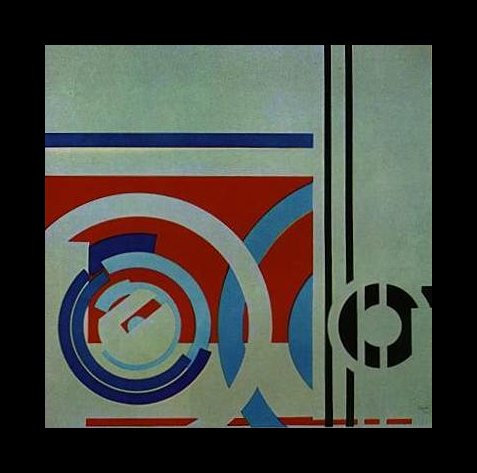
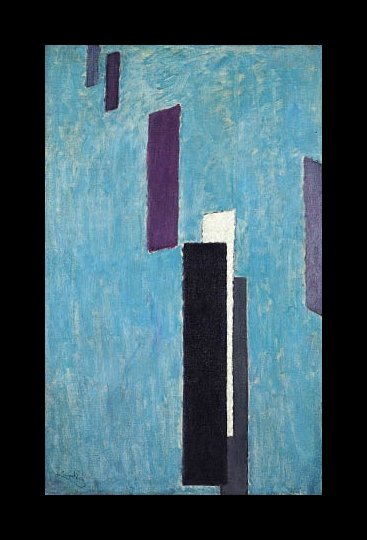
Though more obscure today than his fellow Abstract artists, Kupka is called by some the forgotten father of Abstract art. His work in graphic design and constant experimentation with new styles and ideas were precursors to a number of other movements, such as de Stijl and even DaDa.
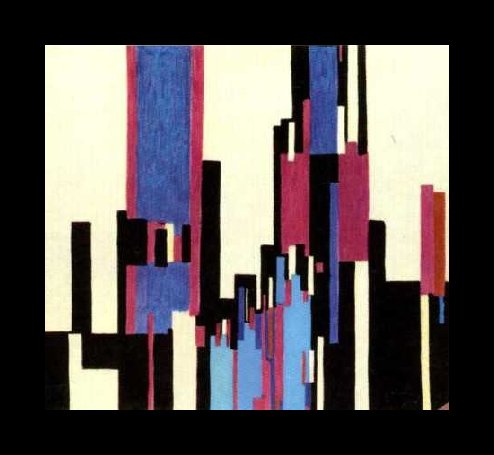
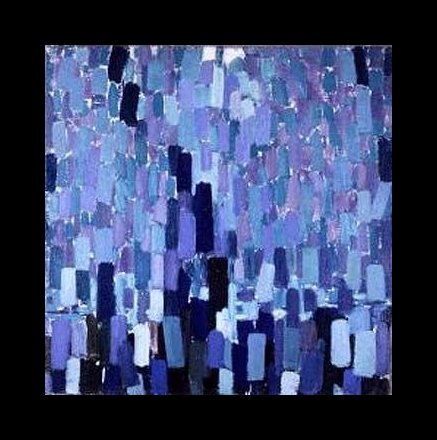
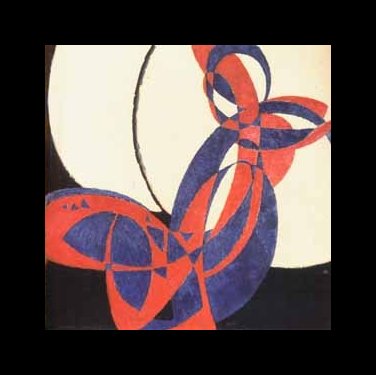
Today his work is housed at modern art museums world wide, and perhaps in your own home. Still wondering about an Abstract piece in your home? Contact us…it could be by Frantisek Kupka.
